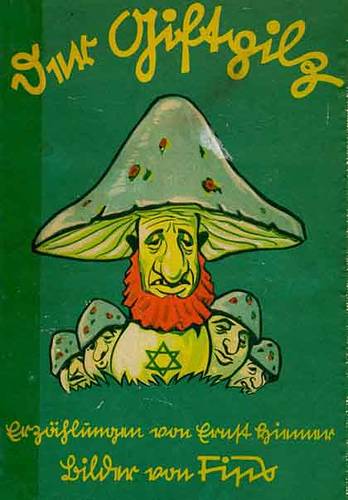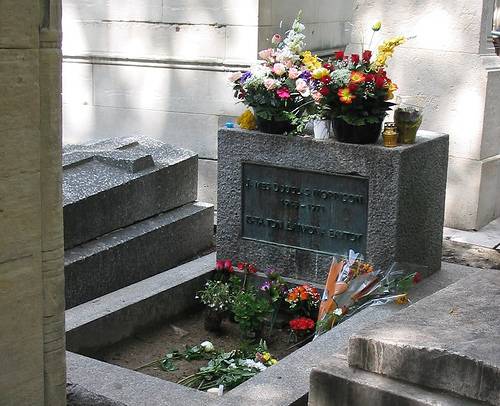From John Aubrey, Miscellanies Upon Various Subjects, 1696:
Mr. Schoot, a German, hath an excellent book of magick: it is prohibited in that country. I have here set down three spells, which are much approved.
— To cure an Ague. Write this following spell in parchment, and wear it about your neck. It must be writ triangularly.
A B R A C A D A B R A
A B R A C A D A B R
A B R A C A D A B
A B R A C A D A
A B R A C A D
A B R A C A
A B R A C
A B R A
A B R
A B
AWith this spell, one of Wells, hath cured above a hundred of the ague.
— To cure the biting of a Mad-Dog, write these words in paper, viz. “Rebus Rubus Epitepscum”, and give it to the party, or beast bit, to eat in bread, &c. A Gentleman of good quality, and a sober grave person, did affirm, that this receipt never fails.
— To cure the Tooth-Ach: out of Mr. Ashmole’s manuscript writ with his own hand.
“Mars, hur, abursa, aburse”.
Jesu Christ for Mary’s sake,
Take away this Tooth-Ach.Write the words three times; and as you say the words, let the party burn one paper, then another, and then the last. He says, he saw it experimented, and the party “immediately cured.”



